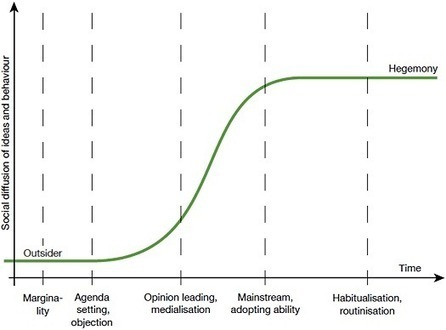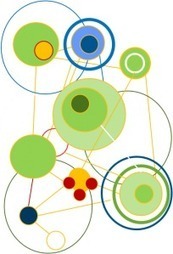Overview of the 400-page report World in Transition: A Social Contract for Sustainability from the German Advisory Council on Climate Change (WGBU), the heavyweight scientific body that advises the German Federal Government on ‘Earth System Megatrends'.
"A key conclusion here is that ‘individual actors and change agents play a far larger role as drivers of transformation’ than they’ve been given credit for in the past.
The most effective change agents, states the report, ‘stimulate the latent willingness to act by questioning business as usual policies’. They also put open questions and challenges on the agenda, and embody alternative practices in the ways they work.
Change agents, the think tank finds, ‘tend to frequent the margins of society where unorthodox thinkers and outsiders are to be found’."
John Thackara
07 Dec 2012
Via ddrrnt



 Your new post is loading...
Your new post is loading...














